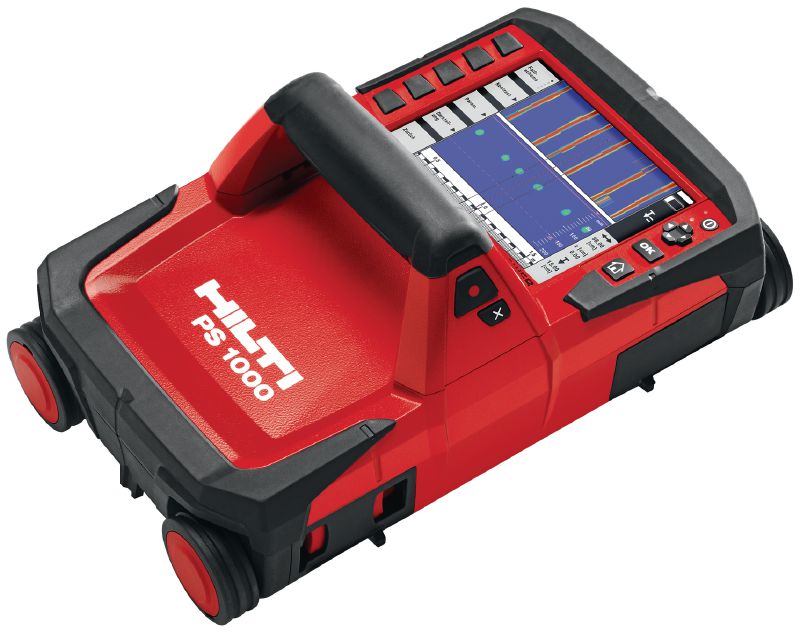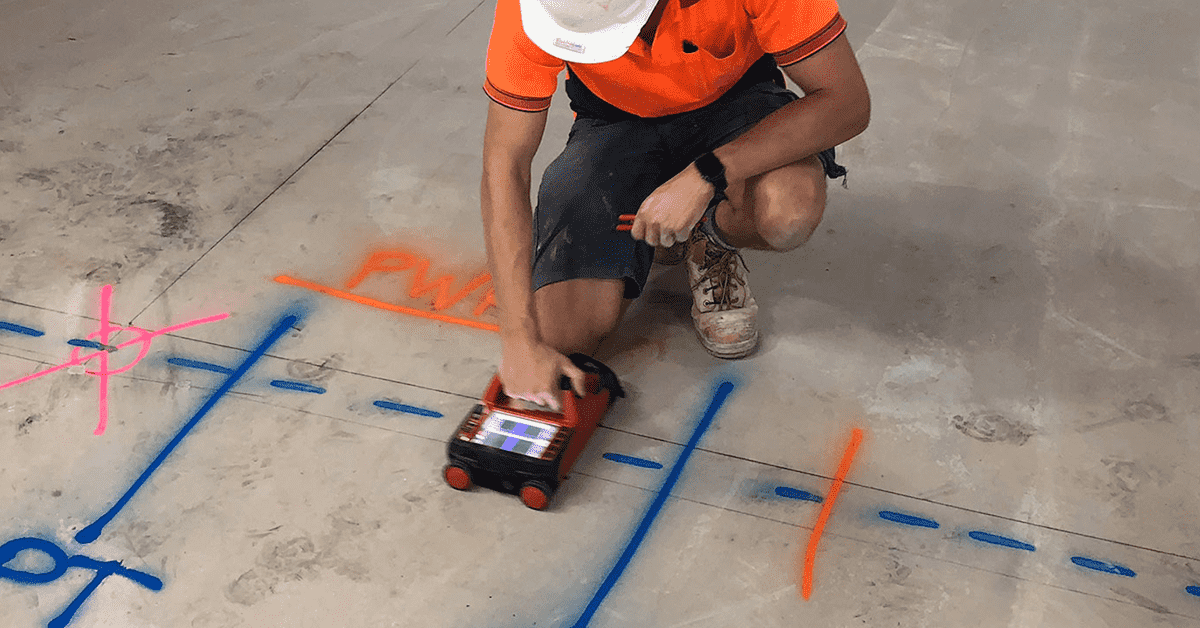Why Choose RainierGPR Concrete Scanning for Accurate Subsurface Analysis
Why Choose RainierGPR Concrete Scanning for Accurate Subsurface Analysis
Blog Article
Exploring the Key Benefits of Concrete Scanning in Construction Projects
In the world of modern construction practices, the application of concrete scanning innovation has actually become an essential device for guaranteeing job performance and structural stability. From enhancing safety procedures to properly discovering utilities hidden below the surface area, the benefits of concrete scanning are multifaceted. The capacity to streamline task timelines and lower prices while preserving existing frameworks is a testament to the value this modern technology offers the building industry. As we dive into the nuanced benefits of concrete scanning, it becomes obvious that its effect extends far past surface-level analyses, offering a glimpse into the intricate internet of benefits waiting to be discovered.
Enhanced Precaution
Utilizing advanced concrete scanning modern technology boosts precaution on building websites by offering precise discovery of potential threats concealed underneath the surface. This modern technology allows building and construction teams to identify rebar, channels, post-tension cable televisions, and various other blockages prior to excavation or drilling, considerably lowering the danger of mishaps. By determining these aspects precisely, workers can stay clear of destructive vital structural components, thus avoiding injuries, hold-ups, and pricey repair services.
Moreover, concrete scanning plays a crucial role in making certain the honesty of existing structures during growths or restorations. By discovering weak points, voids, or wear and tear within concrete components, designers can address these problems proactively, improving the total security and durability of the building. This positive strategy not just minimizes the risk of architectural failings yet likewise lessens the possibility for mishaps triggered by unforeseen architectural deficiencies.
Essentially, the implementation of concrete scanning modern technology offers as a proactive safety and security procedure that safeguards both building workers and the architectural integrity of structures, inevitably adding to the general success and efficiency of construction projects. - RainierGPR Concrete Scanning
Accurate Detection of Utilities
Concrete scanning modern technology promotes precise identification of underground utilities, enhancing building and construction website safety and performance. Precise detection of energies is crucial in building and construction projects to avoid expensive damages, job delays, and most significantly, make certain the security of employees and the general public. By using advanced scanning innovations such as ground-penetrating radar (GPR) and electromagnetic induction, building and construction teams can map out the place of hidden pipes, cords, and other energies with high degrees of precision.

Time and Price Performance

Concrete scanning technology makes it possible for building groups to accurately locate rebar, post-tension cable televisions, and various other ingrained items within concrete structures. This precise details helps in avoiding pricey blunders such as unexpected damages to essential elements throughout drilling, cutting, or coring activities. In addition, by determining potential risks beforehand, the requirement for costly repair work or revamp because of damages can be decreased, resulting go in set you back savings for the task.
In addition, the capacity to swiftly and properly spot utilities beneath the surface without causing any type next page of damage not just conserves time yet also prevents expensive interruptions to existing infrastructure. Generally, the moment and expense effectiveness advantages of concrete scanning make it an indispensable tool for boosting building task administration and implementation.
Conservation of Architectural Stability
Protecting the architectural honesty of buildings and facilities is critical in making sure long-lasting security and safety and security. Concrete scanning plays a crucial duty in this preservation procedure by allowing construction professionals to identify prospective threats to the structural honesty of a building or framework before they intensify into major concerns. Through the usage of innovative scanning technologies such as ground-penetrating radar (GPR) and electro-magnetic induction, construction teams can non-invasively analyze the problem of concrete structures, locate rebar, post-tension cable televisions, and other ingrained elements, and recognize any type of gaps, splits, or degeneration within the concrete.
Improved Job Preparation
In order to make certain the effective implementation of construction jobs, careful interest to detail and thorough preparation are crucial elements that stem from a comprehensive understanding of the structural problems determined through concrete scanning. Inevitably, incorporating concrete scanning right into the job planning phase enhances coordination among team participants, promotes positive analytic, and contributes to the successful shipment of building projects within budget and schedule constraints.
Conclusion
In verdict, concrete scanning supplies numerous advantages in construction jobs. By enhancing safety measures, precisely finding utilities, boosting time and cost effectiveness, protecting architectural stability, and aiding in job preparation, concrete scanning More Bonuses verifies to be an important tool for successful task implementation. Its capability to reduce threats, increase efficiency, and make certain task stability makes it an important possession for construction professionals.
In the realm of contemporary building techniques, the application of concrete scanning modern technology has arised as a critical tool for making certain task performance and structural integrity.Concrete scanning technology enables building and construction teams to properly find rebar, post-tension cables, and other embedded items within concrete frameworks. Via the use of innovative scanning innovations such as ground-penetrating radar (GPR) and electromagnetic induction, construction teams can non-invasively assess the condition of concrete structures, situate rebar, post-tension cables, and various other embedded elements, and recognize any type of spaces, fractures, or deterioration within the concrete.
In order to guarantee the effective implementation of construction jobs, careful interest to detail and complete planning are crucial components that stem from an extensive understanding of the architectural conditions determined with concrete scanning. Inevitably, including concrete scanning into the project planning stage boosts coordination amongst team participants, promotes proactive problem-solving, and adds to the successful delivery of building tasks within budget and routine restraints.
Report this page